- Joined
- Jul 27, 2009
- Messages
- 4,090
You're making my point very well.
In your comparison, diving needs to be judged subjectively ( like a diamond) whereas a swim race is won by the fasted swimmer. Nothing to interpret.
The diver might do a belly flop, which might actually please some onlookers more than a perfect swan dive....are they wrong?
But if Michael Phelps swam the 100 faster than all the competitors, his performance is NOT subjective.
In the Olympics, we're allowing the diving judges to subjectively assess the performance.
I don't feel that consumers should allow diamond sellers that same leeway to decide which "performance" is best.
It's a semantic difference- and your company surely does offer substance to back up your subjective opinions.
But by and large, no, the term is misused IMO
David,
I'm glad you think I am making your point. You're welcome
There is a "taste" factor in any diamond that you look at. Everybody likes good quality ice cream but not everybody likes the same flavor.
A really interesting example of how subjective taste can take precedence over objective performance is the case of EightStar. For those not familiar, EightStar was one of the first 'super ideal' brands. They took the classic round brilliant and through precision cutting produced a diamond that not only had ideal proportions and top optical symmetry, but also eliminated the small percentage of light leakage that the classic ideal round exhibits. Objectively this was an improvement in performance over the competition, and the company heralded it as the brightest diamond in the world.
But curiously, very knowlegable consumers (pricescope was a major proving ground) did not respond to it all that well in the longrun, with most people prefering the "classic coke"!
More to say on this later as it relates to scintillation....

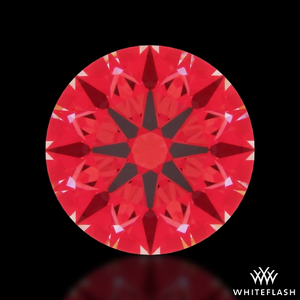
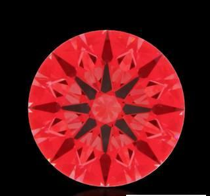

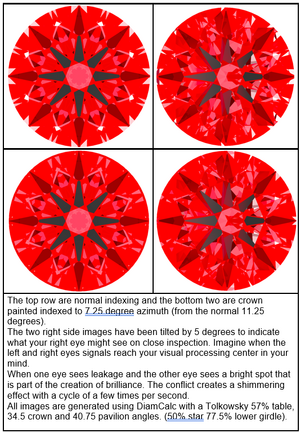
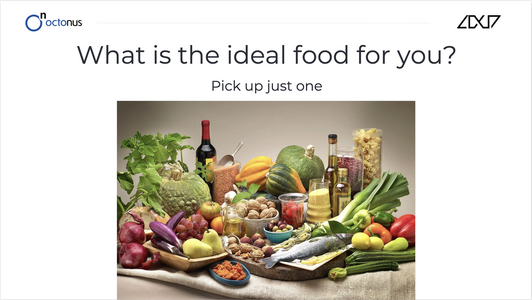
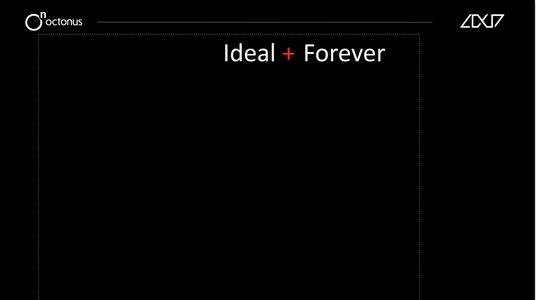
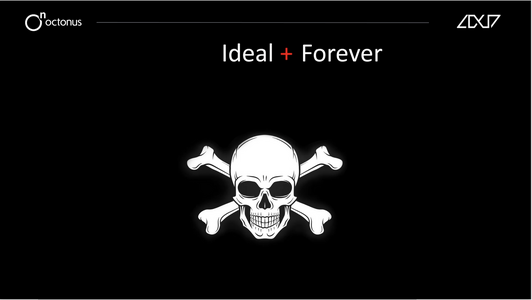
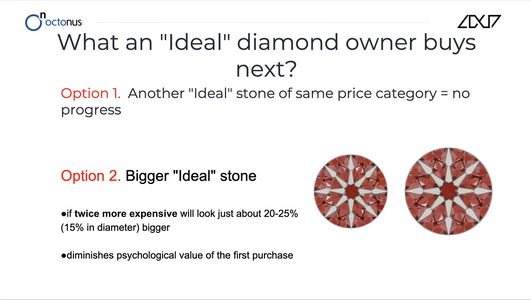


300x240.png)